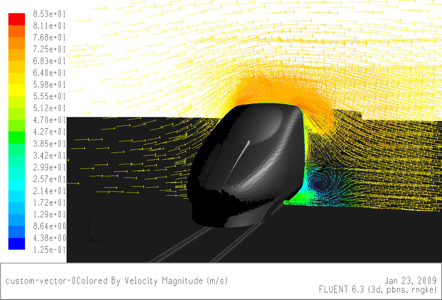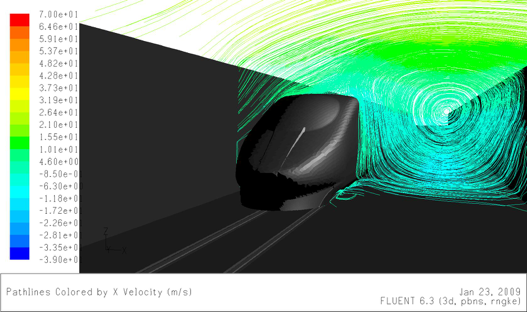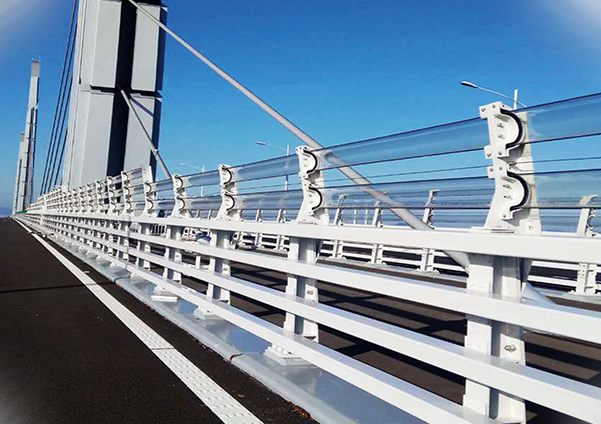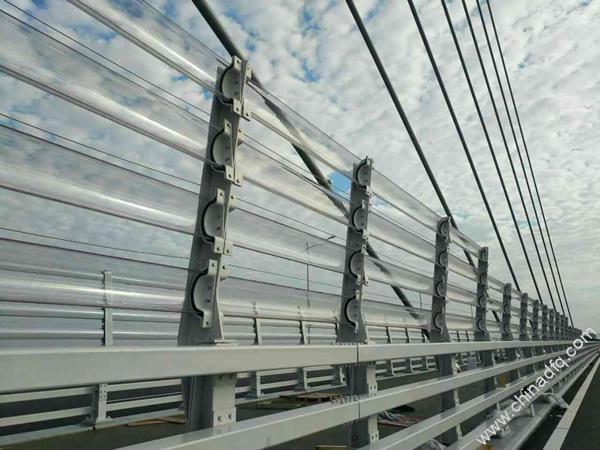1. Project Background
When vehicles are traveling at high speeds and encounter crosswinds, the vehicle’s aerodynamic resistance, lift, and lateral forces rapidly increase, leading to a deterioration in performance, especially affecting the vehicle’s lateral stability. Under strong wind conditions, vehicles are not only affected by aerodynamic resistance in the direction of travel but also by the angle between the route and the direction of the strong wind. Special environmental conditions such as canyon effects and acceleration effects in specific environments (such as large bridges, elevated embankments, viaducts, mountain passes, and canyon areas) can potentially cause train derailments, vehicle overturning, and casualties. For instance, in Xinjiang, China, there have been 13 incidents where strong winds blew over trains, resulting in a total of 79 train derailments.
2. Solution
By installing road wind barriers of a certain height on both sides of the road, crosswinds can be suppressed. When the crosswind passes through the “Shangfeng road wind barrier,” it dissipates a significant amount of kinetic energy, thereby reducing the wind speed. The crosswind speed within the driving area decreases by approximately 50-70%, ensuring safe driving conditions.
3. Application Fields
This solution is applicable for mitigating crosswind hazards on roads, railways, and sea-crossing bridges. It has already been implemented in several projects, including the Hong Kong-Zhuhai-Macao Bridge, the Pingtan Cross-Strait Rail-Road Bridge, the Shanghai-Nantong High-Speed Railway Bridge over the Yangtze River, and the Beijing-Kunming Expressway, addressing crosswind hazards on both railways and highways.




